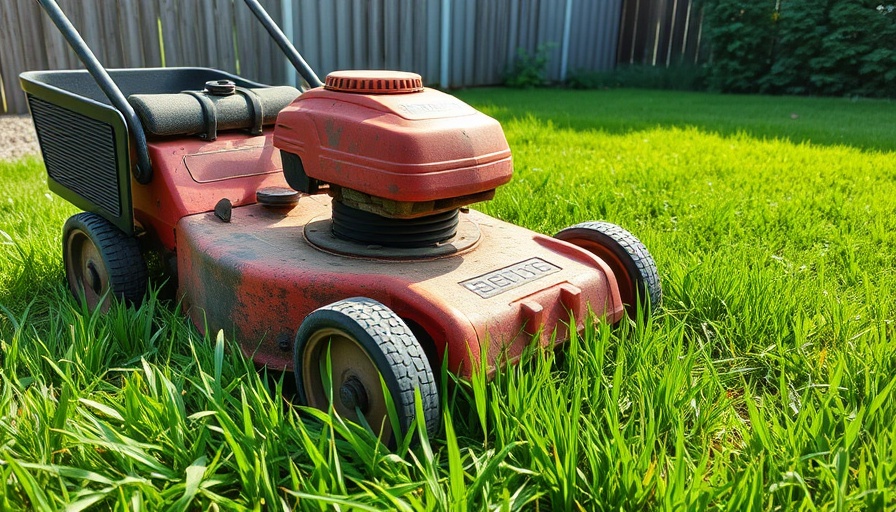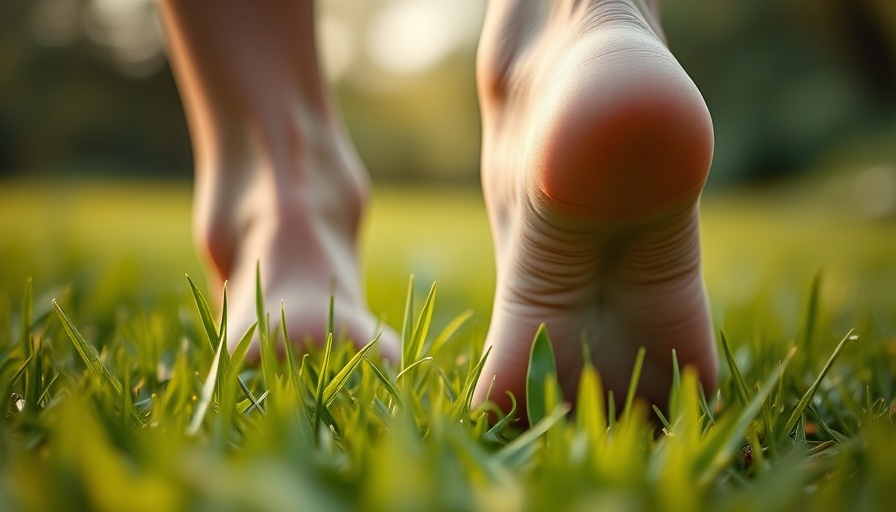
SEO Keyword: Best Time to Buy a Lawn Mower
Maximize Your Savings by Timing Your Mower Purchase
Timing the purchase of a lawn mower can significantly affect how much you spend—after all, who doesn't want to save money? Understanding the seasonal patterns of retail pricing is key. Retailers typically align their sales cycles with demand and inventory management, creating ideal buying opportunities throughout the year. By strategically planning your purchase, you can find the best prices and selection available.
The Golden Window: Fall and Winter
The fall and winter months, specifically from September to February, emerge as the prime time for consumers looking to snag substantial deals on lawn mowers. As summer wraps up, retailers are eager to clear their inventory to make room for snow blowers and other seasonal goods. This business model means significant savings for buyers willing to shop during this off-peak period. It’s not unusual to see discounts of 20% or more as retailers prepare for the colder months.
Once winter sets in, markdowns become even deeper, especially around January and February when retailers are motivated to clean out remaining stock. Discounts can skyrocket to 30%-50%, providing a golden opportunity for forward-thinking buyers to get what they need while budgets remain intact.
Springtime: A Mix of Selection and Price
For those who prioritize variety and quality, early spring (March-April) strikes a comfortable balance. It’s the period when manufacturers unveil their latest models, showcasing new features that cater to diverse customer needs. Retailers fill their showrooms with a comprehensive selection—ranging from budget push mowers to top-tier zero-turn models.
Though discounts are generally not as steep as in the fall and winter, there are often promotional offerings like early-bird discounts, which average around 10%-15%. Such deals might also include free accessories or extended warranties, which can add significant value. As noted by Deagan King, a manager at East Idaho Power Equipment, buying at the start of the season ensures more options and availability. The used mower market also flourishes during this time, providing budget-friendly alternatives for consumers willing to buy pre-owned models.
Avoid Overpaying: Know the Worst Times to Buy
While timing your purchase can yield savings, knowing when to refrain from buying is equally crucial. Late spring to early summer (May-July) is recognized as the worst time to purchase a mower. During this peak period, prices often hover at their highest, as demand surges. Retailers capitalize on this trend knowing that customers are often in desperate need, which leaves buyers with little negotiating power and fewer promotional offers.
Limited inventory is another significant issue during these months. Many popular models sell out quickly, and the remaining stock often comes with a premium price tag as competition for quality equipment intensifies. Therefore, if you have the flexibility, think ahead and avoid the rush.
Understanding the Cost of Waiting
While it may be tempting to wait for the perfect deal, potential buyers should weigh the implications of delaying their purchase. The cost of waiting can go beyond mere dollars; an unreliable mower can lead to overgrown lawns and create a frustrating maintenance cycle. This makes understanding the market seasonality even more vital for homeowners who value a presentable yard.
It's essential to be informed and proactive about your options, whether you're considering a new or used mower. Knowledge about market trends allows savvy consumers to best leverage their purchasing power, ensuring they find the right model at an attractive price point.
Actionable Insights for Today’s Mower Buyers
In conclusion, planning your lawn mower purchase around market seasons can lead to significant savings. Consider shopping in the fall or winter for the best discounts or early spring for a great selection. Be aware of peak buying periods that can lead to inflated prices. With the right timing, you can enhance both your lawn care experience and financial well-being.
 Add Row
Add Row  Add
Add 


Write A Comment